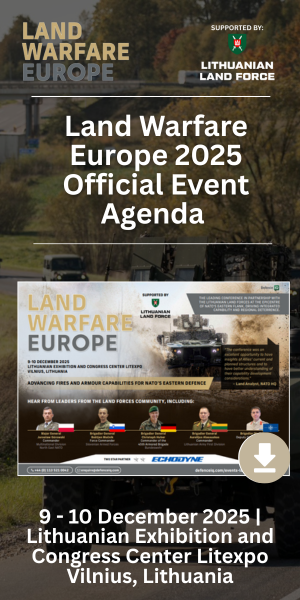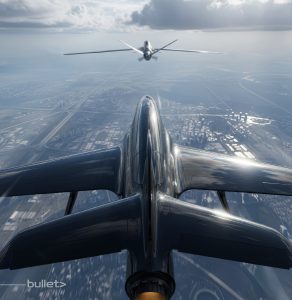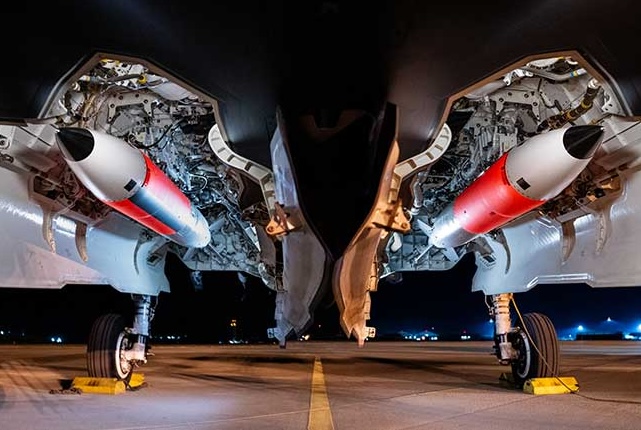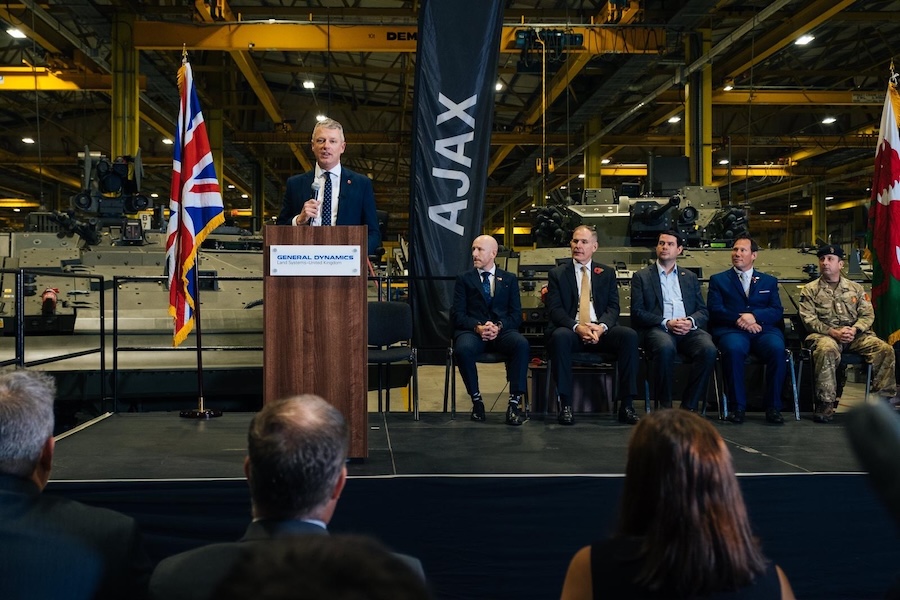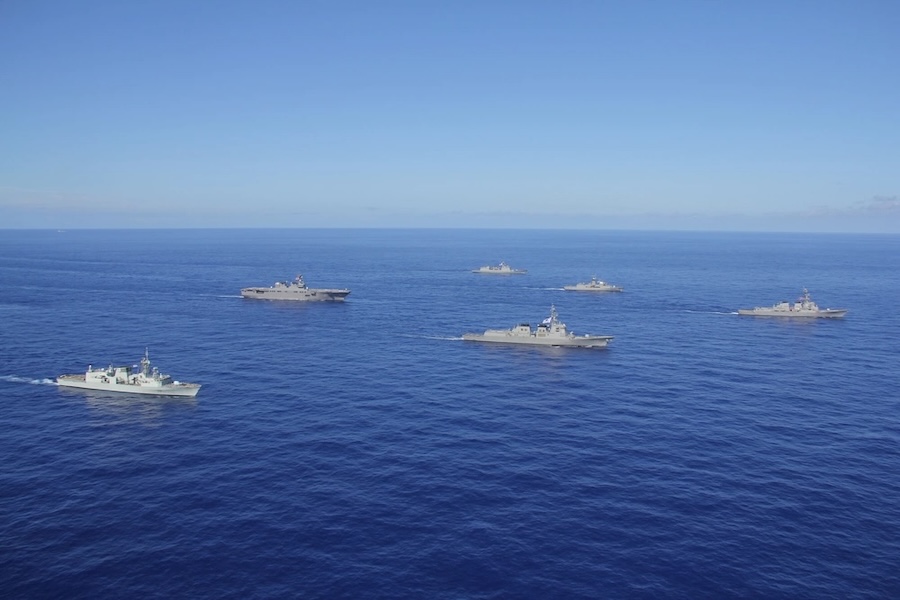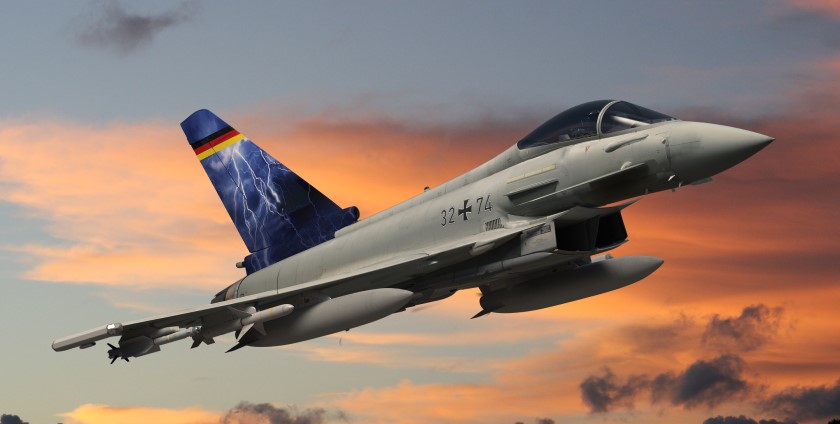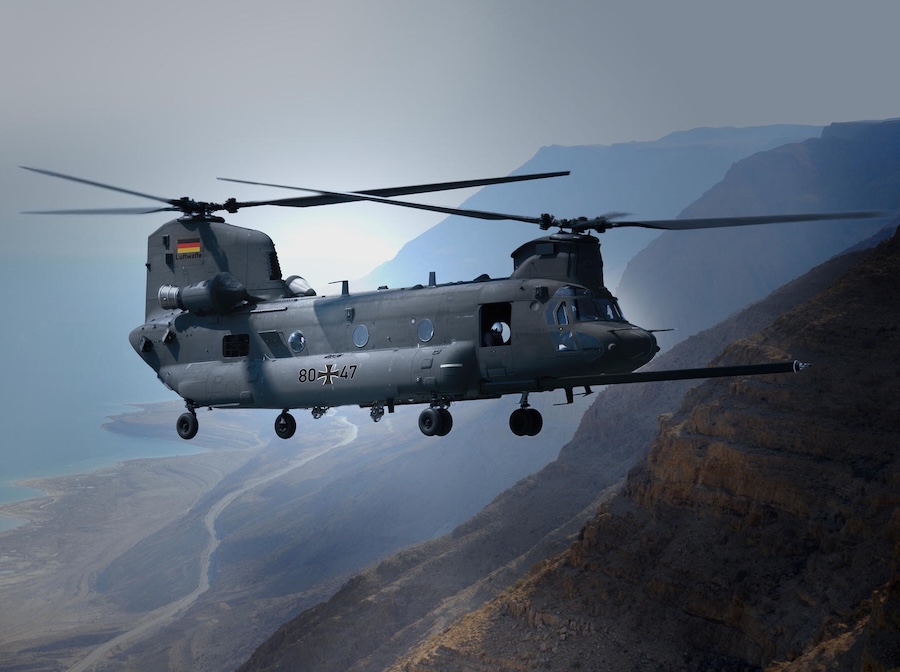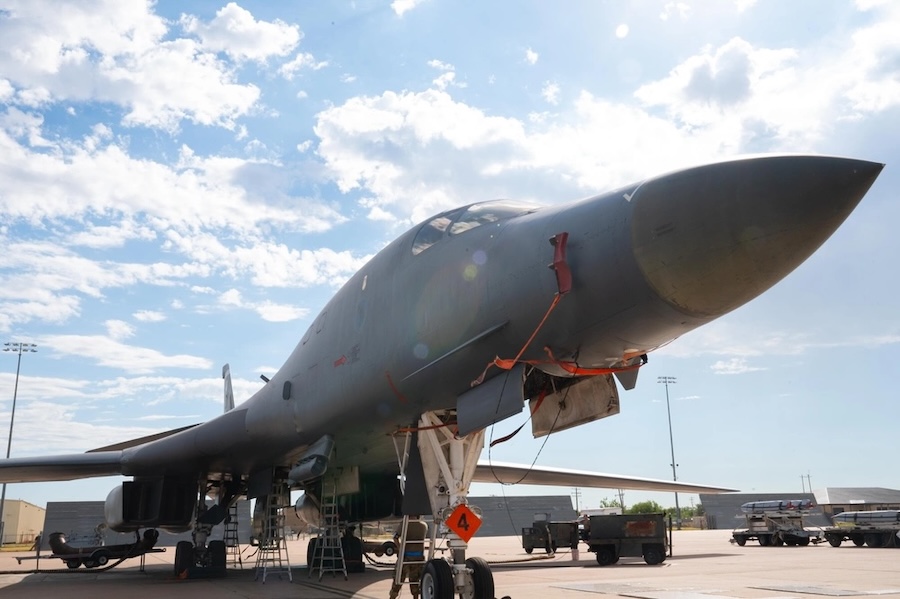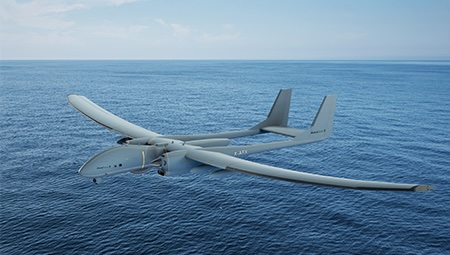No live nuclear weapons are used during the exercise, which focuses on readiness and coordination in nuclear scenarios involving dual-capable aircraft and conventional support units. It also promotes transparency and is not linked to current global events.
“We need to do this because it helps us to make sure that our nuclear deterrent remains as credible, and as safe, and as secure, and as effective as possible,” said NATO Secretary-General Mark Rutte. “It also sends a clear signal to any potential adversary that we will and can protect and defend all allies against all threats.”
The exercise is coordinated from four key air bases: Volkel in the Netherlands, RAF Lakenheath in the United Kingdom, Kleine-Brogel in Belgium, and Skrydstrup in Denmark. Participating nations include the host countries as well as contributors such as Finland, Poland, the United States, and Germany.
Thirteen different types of aircraft are involved, including fifth-generation dual-capable fighters like the F-35, and support assets such as the E-3A Sentry and KC-135 Stratotanker. These platforms are rehearsing coordinated operations to ensure all forces can respond effectively in a nuclear context.
NATO emphasises that nuclear capabilities remain a core component of the Alliance’s deterrence and defence strategy. The exercise reinforces the collective commitment to preserving peace, deterring aggression, and preventing coercion.
Source: Allied Air Command.





